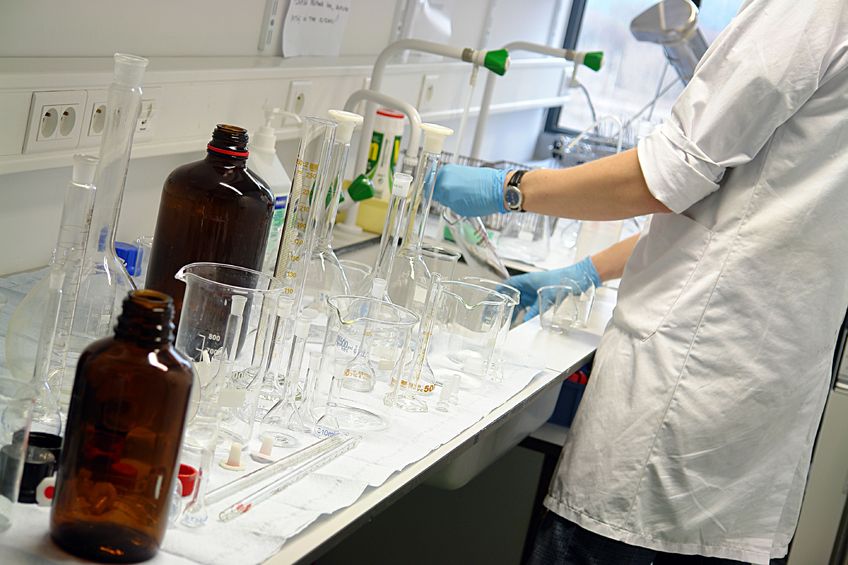Housekeeping is never a fun task – that’s why “spring cleaning” has become a once per year job grudgingly undertaken by most people. Unfortunately, however, in order for labs to run efficiently and produce high quality research, housekeeping must be performed more than once per year: depending on the specific task, it may be required daily, weekly, monthly, or otherwise. Labs should design a specific schedule of housekeeping duties so that all necessary jobs around the lab are completed without confusion. If your lab does not yet have such a system in place, or if your current system needs a reboot, here is a simple four-step protocol for implementing a successful lab housekeeping strategy for your team.
- Decide what needs to be done. First, it is necessary to decide what tasks will be distributed amongst team members. Bring the lab together to brainstorm this list. In particular, it should include jobs that are necessary for the proper functioning of the lab but that do not relate directly to individuals’ projects. This list might include ordering reagents, taking out biohazard waste, refilling water baths, or preparing stock buffers.
- Give assignments. Once a list has been prepared, divide it between lab members. It might make sense for some tasks to be performed by specific individuals: someone working primarily with cell culture could be in charge of maintaining the incubators. For the remaining duties, divide between lab members evenly based on the average amount of time each task requires to be completed. For example, since it takes approximately the same amount of time to prepare a buffer as it does to empty the trash and refill water baths, even though the number of jobs assigned to those individuals is different, the amount of time they will each spend on assigned tasks is roughly the same.
- Make a schedule. The lab should together decide how frequently each task needs to be done. Does the trash need to be taken out every day, or weekly? How often do incubators and fume hoods need to be cleaned? Should reagents be ordered as requested, or only on certain days of the week? These answers are likely lab-specific, but ensuring that every lab member is on the same page will alleviate confusion and frustration.
- Redistribute tasks. Every few months, consider reassigning tasks to different lab members. Not only will it prevent boredom and the concomitant likelihood of things not getting done according to schedule, but it will better train lab members in diverse aspects of lab management. The more each lab member is able to contribute both in their current position and throughout their career, the more smoothly a lab will function.
Following these four steps will integrate lab housekeeping into the daily routine of the lab with little hassle. You might just come to appreciate the order and organization it provides your workflow!
Quartzy is the world’s No. 1 lab management platform. We help scientists easily organize orders, manage inventory, and save money. We’re free and always will be. Visit Quartzy.com or reach out at info@quartzy.com.
Interested in writing for The Q? Send us an email!
Share this:

Aliyah W.
Aliyah is a science communicator with a PhD in immunology, currently based in Boston. You can find her on Twitter @desabsurdites and on her blog at www.aliyahweinstein.com.




